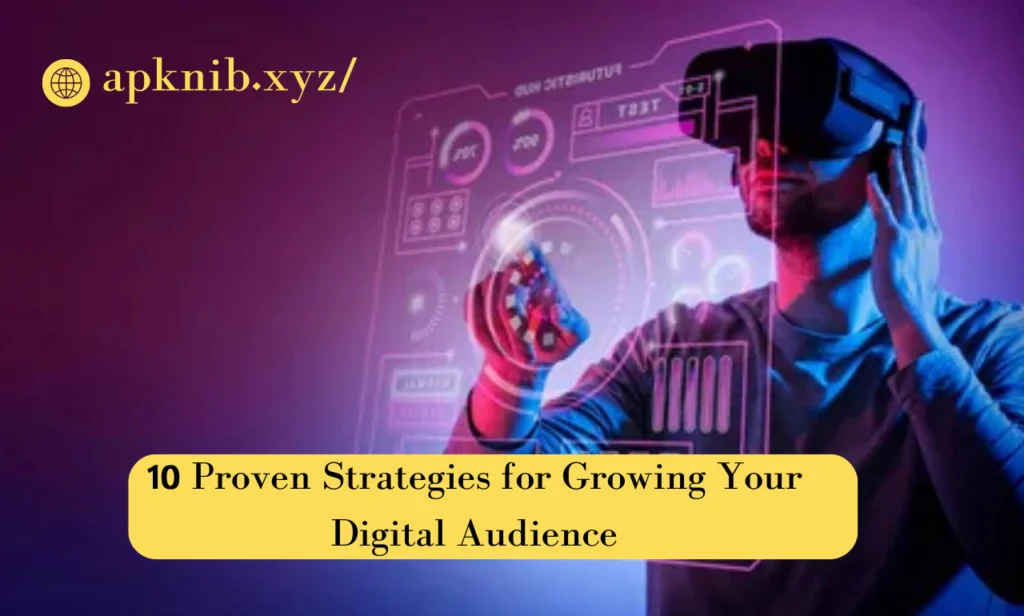The Rise of Short-Form Content: Is It the Future of Digital Media?
Rise of Short-Form Content the fast-paced world of digital media, the attention span of the average consumer is shrinking rapidly. With the rise of platforms like TikTok, Instagram Reels, and YouTube Shorts, short-form content has become a dominant force in shaping how we consume information and entertainment. This shift toward bite-sized media has raised an important question: Is short-form content the future of digital media? Let’s explore the factors driving this trend, its benefits, challenges, and how brands and creators can adapt to thrive in this evolving landscape.
What Is Short-Form Content?
Short-form content refers to concise, easily digestible pieces of media that usually range from 15 seconds to a few minutes. This can include videos, social media posts, memes, and even short articles or blog posts. Unlike long-form content such as in-depth articles, documentaries, or podcasts, short-form content is designed to capture attention quickly and deliver its message in a compact format.
Why Is Short-Form Content Gaining Popularity?
The rise of short-form content can be attributed to several factors:
- Changing Consumer Habits: With the proliferation of smartphones and on-the-go lifestyles, people prefer content that they can consume quickly during breaks, commutes, or leisure time.
- Social Media Algorithms: Platforms like TikTok and Instagram prioritize short videos in their algorithms, encouraging creators to produce content that aligns with these preferences. These algorithms reward engagement, making short-form content more likely to go viral.
- Attention Economy: In a crowded digital space, capturing and holding attention is a challenge. Short-form content caters to the fleeting attention spans of modern audiences.
- Ease of Creation and Sharing: Short-form content is easier and faster to produce compared to long-form content. It’s also highly shareable, making it ideal for reaching broader audiences.
Benefits of Short-Form Content
- High Engagement Rates: Short videos and posts often see higher engagement rates due to their quick and entertaining nature. People are more likely to like, share, and comment on content they can consume in seconds.
- Cost-Effective Production: Producing short-form content requires fewer resources compared to longer formats. This makes it accessible for small businesses and independent creators.
- Broader Reach: Viral trends and challenges often start with short-form content, giving brands and creators a unique opportunity to reach millions in a short span.
- Adaptability Across Platforms: Short-form content can be repurposed for multiple platforms, maximizing its utility and exposure.
Challenges of Short-Form Content
- Limited Depth: Short-form content is often criticized for lacking depth or nuance. Complex topics can be oversimplified, leading to potential misinformation or superficial understanding.
- High Competition: The ease of creation means there is an overwhelming amount of content. Standing out in this saturated market can be difficult.
- Rapid Obsolescence: Trends in short-form content evolve quickly. What’s popular today may be forgotten tomorrow, requiring constant adaptation.
- Algorithm Dependency: Success in short-form content is often tied to platform algorithms, which can change unpredictably.
Examples of Short-Form Content Success
- TikTok’s Explosive Growth: TikTok’s 15-second videos have redefined the way people consume entertainment. From dance challenges to educational snippets, the platform has something for everyone.
- Instagram Reels and Stories: Reels and Stories have enabled creators and brands to connect with audiences through engaging, ephemeral content.
- YouTube Shorts: Designed to compete with TikTok, YouTube Shorts offers creators another avenue to reach audiences with quick, impactful videos.
- Twitter and Memes: Tweets and memes, often less than 280 characters or a single image, have become a powerful tool for humor, commentary, and marketing.
Is Short-Form Content Replacing Long-Form Content?
While short-form content is dominating the digital space, it is unlikely to replace long-form content entirely. Each format serves a different purpose:
- Short-form content excels at grabbing attention, sparking interest, and delivering quick entertainment or information.
- Long-form content is better suited for in-depth storytelling, detailed explanations, and fostering deeper connections with audiences.
The key lies in balancing the two. Many successful creators and brands use short-form content as a gateway to lead audiences toward their long-form offerings.
How Brands Can Leverage Short-Form Content
- Understand Your Audience: Research your target audience’s preferences and tailor your content to their tastes.
- Embrace Trends: Participate in trending challenges, hashtags, or formats to boost visibility.
- Focus on Quality: Even with limited time, ensure your content is well-produced and aligns with your brand’s voice.
- Use Analytics: Monitor performance metrics to understand what resonates with your audience and refine your strategy.
- Cross-Promote Content: Use short-form content to drive traffic to your website, YouTube channel, or other long-form content platforms.

Future of Short-Form Content
The future of short-form content is promising but will likely evolve. Advances in technology, such as AI and AR, could enhance the way short-form content is created and consumed. For example:
- Personalized Content: AI could tailor content to individual preferences, increasing relevance and engagement.
- Immersive Experiences: AR could make short-form content more interactive and engaging.
- Global Reach: With improved translation tools, creators can connect with international audiences effortlessly.
Conclusion
The rise of short-form content marks a significant shift in digital media consumption. Its ability to capture attention quickly, engage audiences, and adapt to various platforms makes it a powerful tool for creators and brands alike. While it comes with challenges, the benefits and opportunities it offers are hard to ignore.
As digital media continues to evolve, short-form content is poised to play a central role in shaping the future. By understanding its dynamics and leveraging it effectively, brands and creators can stay ahead in this competitive landscape. Ultimately, the key is to strike a balance—using short-form content to attract audiences while providing the depth and value they seek through long-form formats.







